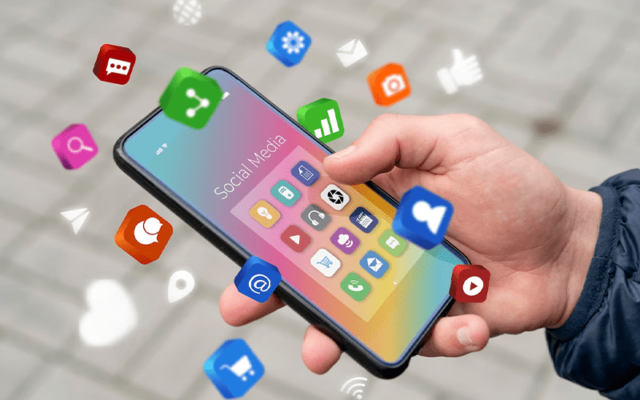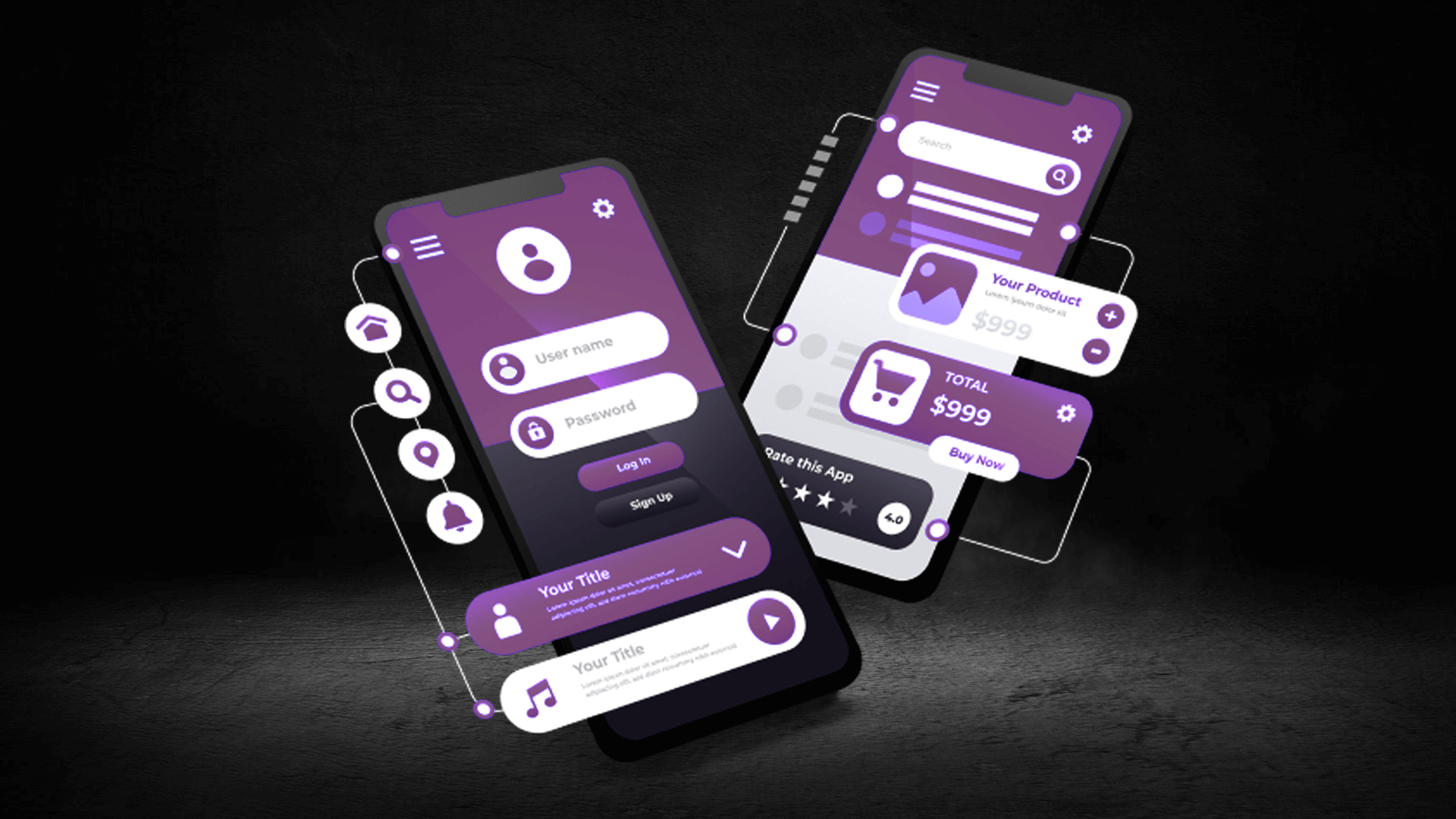In today’s digital landscape, mobile apps have become integral to our daily lives. With the ever-growing smartphone user base, businesses are increasingly investing in mobile app development to engage customers and improve their services. However, creating a successful mobile app requires careful planning and execution. This blog outlines the best practices for developing a mobile app that meets user needs and stands out in a crowded market.

Table of Contents
Toggle1. Define Your Purpose and Audience
Before diving into the development process, it’s crucial to define your app’s purpose and identify your target audience. Understanding the problems your app will solve and the audience you’re aiming to reach will guide your design and functionality decisions.
Tips:
- Conduct market research to identify gaps in existing apps.
- Create user personas to better understand your audience’s needs and preferences.
2. Choose the Right Platform
Deciding whether to develop your app for iOS, Android, or both is a significant choice. Each platform has its user demographics and technical requirements.
Considerations:
- iOS: Known for a loyal customer base, particularly in North America and Europe. Apps on this platform tend to generate higher revenue.
- Android: Dominates the global market, particularly in Asia and Africa. It offers a broader reach, but users may have a more diverse set of device specifications.
You can also consider cross-platform development frameworks (e.g., React Native, Flutter) that allow you to build apps for both platforms simultaneously.
3. Focus on User Experience (UX) and User Interface (UI)
A positive user experience is essential for app success. If users find your app difficult to navigate or unattractive, they are likely to abandon it. Here are key elements to focus on:
- Intuitive Navigation: Design a simple and intuitive interface that allows users to navigate effortlessly.
- Responsive Design: Ensure your app performs well across various devices and screen sizes.
- Consistent Branding: Use consistent colors, fonts, and styles that align with your brand identity to create a cohesive look.
4. Prioritize Functionality and Performance
Users expect apps to work seamlessly without glitches or delays. Ensure your app functions efficiently and meets performance standards.
Best Practices:
- Optimize Loading Speed: Minimize loading times by optimizing images and reducing the app size.
- Test for Bugs: Conduct thorough testing during development to identify and fix bugs before launching.
- Use Analytics: Integrate analytics tools to monitor user behavior and app performance, enabling you to make data-driven improvements.
5. Implement Security Measures
With the increasing prevalence of data breaches, security should be a top priority in mobile app development. Protecting user data builds trust and enhances the app’s credibility.
Security Practices:
- Data Encryption: Use encryption to secure sensitive user information during transmission and storage.
- Authentication Protocols: Implement strong authentication methods, such as two-factor authentication (2FA) or biometric login.
- Regular Updates: Keep your app updated with the latest security patches to protect against vulnerabilities.
6. Keep It Simple
While it might be tempting to include many features in your app, simplicity often leads to a better user experience. Start with core functionalities that address your audience’s primary needs, and then gather user feedback to add features incrementally.
Strategies:
- MVP Approach: Develop a Minimum Viable Product (MVP) that includes essential features, allowing you to launch faster and gather user feedback.
- Iterative Development: Use an agile development approach to make continuous improvements based on user feedback.
7. Plan for App Marketing
Developing a great app is only half the battle; you also need to market it effectively to attract users. Create a comprehensive marketing strategy to promote your app before and after its launch.
Marketing Tactics:
- App Store Optimization (ASO): Optimize your app’s title, description, and keywords to improve visibility in app stores.
- Leverage Social Media: Use social media platforms to build anticipation, share updates, and engage with potential users.
- Encourage User Reviews: Prompt satisfied users to leave positive reviews, which can enhance your app’s credibility and visibility.
8. Monitor and Iterate Post-Launch
After launching your app, the work isn’t over. Continuously monitor user feedback, app performance, and market trends to make necessary updates and improvements.
Actions:
- Gather Feedback: Use surveys, app reviews, and analytics to collect user feedback on their experience.
- Regular Updates: Implement regular updates to fix bugs, enhance features, and introduce new content based on user needs.
- Stay Agile: Be prepared to pivot your strategy based on user feedback and changing market conditions.
Conclusion
Developing a successful mobile app requires careful planning, attention to detail, and a deep understanding of your audience. By following these best practices, you can create an app that not only meets user expectations but also stands out in a competitive market. Prioritize user experience, functionality, security, and marketing to drive engagement and achieve long-term success. Remember, the journey doesn’t end with the launch—continuously monitor and iterate your app to keep it relevant and valuable to users.


No responses yet